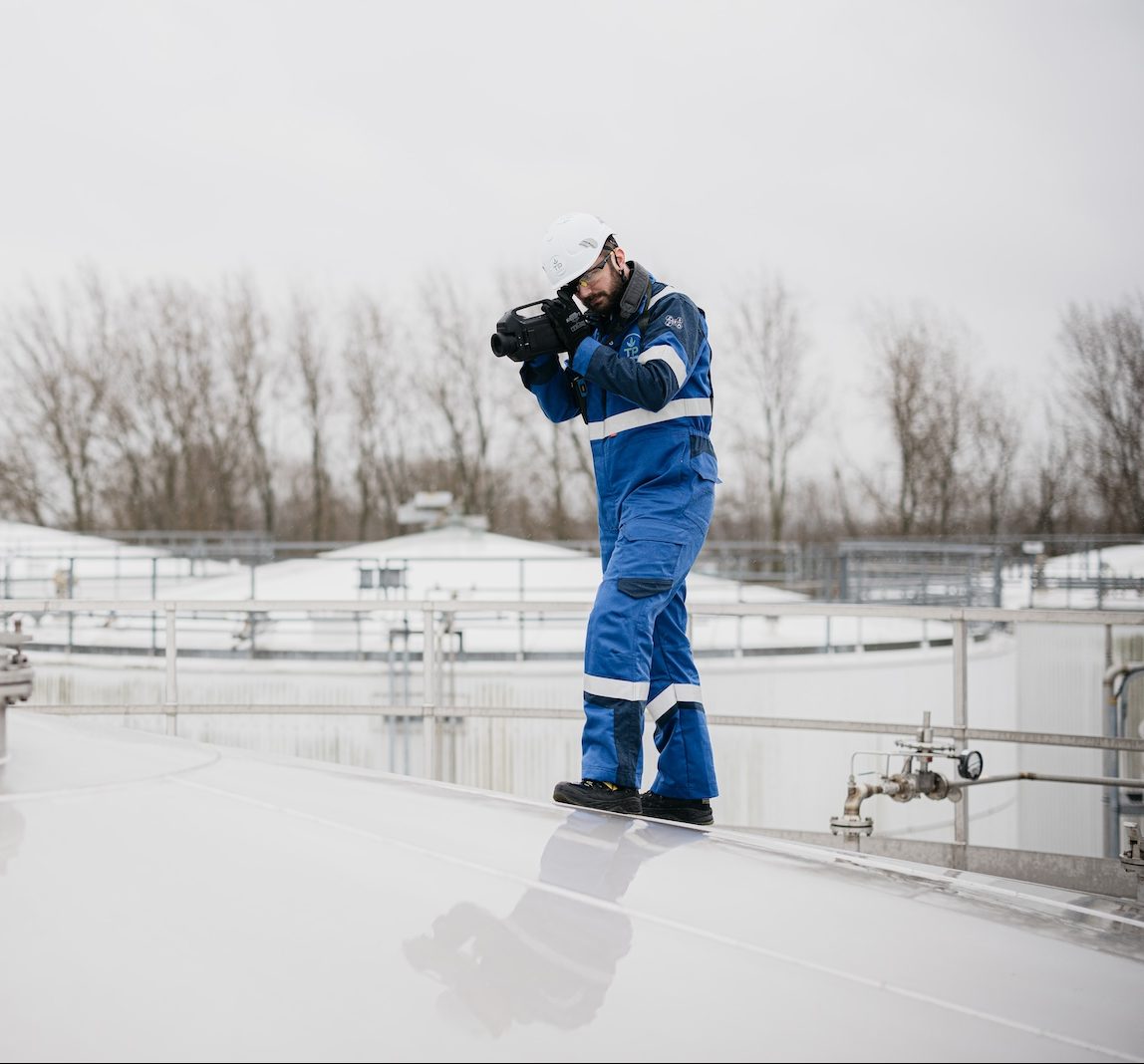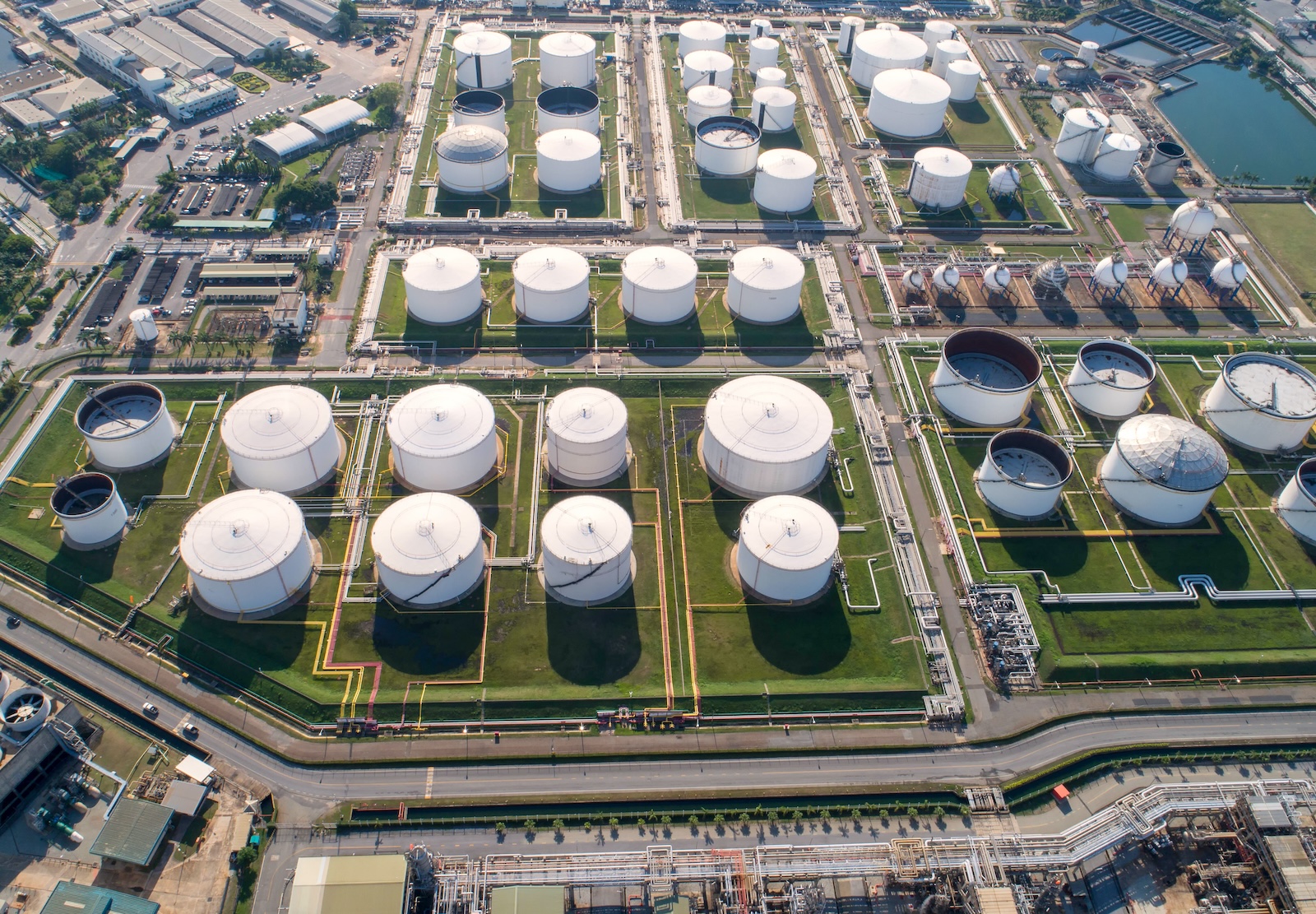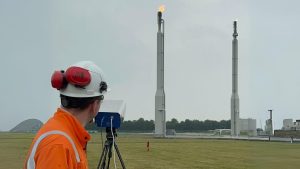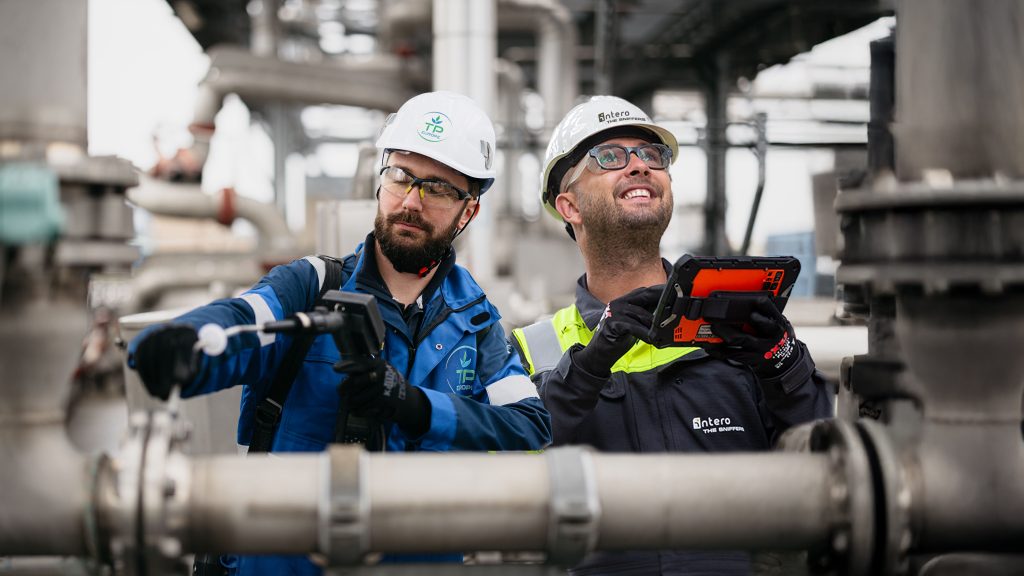Optical Gas Imaging (OGI) is a groundbreaking technology revolutionizing the way we detect and manage gas emissions, particularly in the oil and gas sector. This advanced technique is pivotal for identifying methane and other hydrocarbon emissions, which are major contributors to environmental pollution and climate change.
Introduction paragraphs:
OGI technology has become increasingly significant in today’s industrial landscape, especially in the oil and gas industry. It plays a crucial role in detecting methane, a potent greenhouse gas, and other hydrocarbon emissions. These emissions not only contribute to global warming but also pose serious safety hazards. Methane, for instance, is highly flammable and can lead to catastrophic accidents if not properly managed.
The environmental implications of unchecked gas leaks are substantial. Methane and other hydrocarbons are significant contributors to air pollution and climate change, making their detection and management a top priority for environmental sustainability. This is where OGI technology becomes indispensable.
Safety is another critical aspect where OGI proves its worth. Gas leaks in industrial settings can lead to explosions, fires, and other hazardous conditions. By enabling early detection of such leaks, OGI helps in averting potential disasters, ensuring the safety of personnel and infrastructure.
Understanding the Technology Behind OGI
How OGI Works:
Optical Gas Imaging operates on the principle of capturing infrared energy, which is otherwise invisible to the human eye. This technology transforms infrared energy into visible images, allowing for the direct observation of gas leaks.
Infrared energy is a part of the electromagnetic spectrum, lying just beyond the visible light range. Every object emits infrared radiation as a function of its temperature. OGI cameras, like the FLIR GF320, utilize this property to detect gas emissions. These cameras are equipped with highly sensitive detectors that capture the infrared radiation emitted or absorbed by gases.
Types of Detectors Used in OGI Cameras:

OGI cameras typically use quantum detectors, which are highly sensitive to infrared radiation. These detectors function optimally at cryogenic temperatures, around -203°C or 70K. The cooling to such low temperatures is essential because it reduces the noise in the detector, enhancing its sensitivity to infrared radiation.
The Importance of Infrared Energy in OGI:
Infrared energy is the cornerstone of OGI technology. Since all objects emit some level of infrared radiation, OGI cameras can detect and measure this energy to identify gas emissions.
In the context of gas detection, different gases absorb and emit infrared energy at specific wavelengths. OGI cameras are designed to detect these unique infrared signatures. For example, methane has a distinct absorption peak in the infrared spectrum. The FLIR GF320 and similar cameras are tuned to detect this specific wavelength range, enabling them to visualize methane and other hydrocarbon gases.
By capturing the infrared energy emitted or absorbed by gases, OGI cameras can produce images that visually represent gas leaks. This capability is invaluable for industries where gas detection is crucial for safety, environmental compliance, and operational efficiency.
Applications and Benefits of Optical Gas Imaging
Optical Gas Imaging (OGI) technology offers a myriad of applications and benefits, particularly in addressing environmental concerns and enhancing industrial efficiency.
Environmental Impact:
Role in Detecting Methane Emissions:
- Methane Detection: OGI plays a critical role in the detection of methane emissions. Methane is a significant greenhouse gas, with a global warming potential far exceeding that of carbon dioxide over a 20-year period. Its efficient detection is thus crucial in combating climate change.
- Industry’s Largest Methane Polluter: The oil and gas industry is a major contributor to methane emissions. Traditional methods of detecting gas leaks, such as sniffer devices, are often less effective and more time-consuming than OGI. OGI allows for rapid visualization of methane leaks, even in remote or difficult-to-access locations, making it a game-changer in environmental protection efforts.
- Climate Change Mitigation: By accurately identifying and quantifying methane leaks, OGI enables timely repair and maintenance, directly contributing to the reduction of greenhouse gas emissions. This is essential for meeting global climate targets and reducing the industry’s carbon footprint.
Industrial Efficiency:
Enhancing Operational Efficiency:
- Preventing Product Loss: Methane leaks represent not only an environmental hazard but also a significant loss of product for the oil and gas industry. By using OGI to detect leaks, companies can prevent this loss, translating into substantial cost savings.
- Cost Reduction: The early detection of leaks means less gas is lost, reducing the need for additional gas extraction and processing. This efficiency not only saves money but also reduces the environmental impact of additional gas production.
- Safety Improvements: Safety is paramount in the oil and gas industry. OGI contributes to a safer working environment by detecting potentially dangerous leaks that could lead to explosions or fires if left unchecked.
Advantages Over Traditional Methods:

- Speed and Efficiency: Unlike traditional methods, OGI provides immediate visual evidence of gas leaks. This speed allows for quicker response times, minimizing the duration and impact of leaks.
- Comprehensive Coverage: OGI cameras can survey large areas quickly and effectively, making them more efficient than manual inspection methods. They can also detect leaks in hard-to-reach areas without the need for direct physical access.
- Non-Intrusive Inspection: OGI is a non-contact method, meaning it can be conducted from a safe distance. This is particularly beneficial in hazardous or inaccessible areas.
- Regulatory Compliance: With stricter environmental regulations, OGI helps companies stay compliant by providing a reliable, efficient means of monitoring and reporting emissions.
Advanced Features and Capabilities of OGI Cameras
Camera Specifications:
Optical Gas Imaging (OGI) cameras, such as the FLIR GF320, are equipped with advanced features that make them highly effective in detecting gas emissions:
- Spectral Filter Methods: OGI cameras use specific spectral filters to isolate the wavelengths of infrared radiation that certain gases absorb. This selective filtering enhances the camera’s sensitivity to particular gas types, making it possible to detect even minute amounts of gas leaks.
- Detection Limits: The sensitivity of OGI cameras, such as the FLIR GF320, allows them to detect small leaks that might otherwise go unnoticed. These cameras can identify leaks of methane and other hydrocarbons with remarkable precision, often down to very low gram-per-hour rates.
- Factors Affecting Gas Imaging Surveys: Several factors can impact the effectiveness of an OGI camera. These include environmental conditions like temperature and humidity, the camera’s angle and distance to the gas leak, and the type and concentration of the gas being detected.
Visualization Techniques:
OGI cameras utilize a range of color palettes to enhance the visibility of gas plumes:
- Greyscale Palette: This is a commonly used palette where different shades of grey represent different temperatures. The greyscale palette can be adjusted to represent higher temperatures in either black or white, aiding in identifying gas plumes against various backgrounds.
- High Sensitivity Mode (HSM): This mode enhances the camera’s ability to detect small differences in temperature, making it easier to spot gas leaks. HSM is particularly useful in conditions where the temperature contrast between the gas and the background is minimal.
Practical Aspects of Using OGI Cameras
Field Use and Documentation:
Effective use of OGI cameras in the field involves more than just capturing images:
- Documenting Site Visits: When using OGI cameras, it’s essential to document the specifics of each site visit. This includes recording the date, time, and location of the survey, as well as any relevant environmental conditions.
- Comparing Digital Photographs with OGI Images: To effectively interpret OGI data, operators often compare OGI images with standard digital photographs. This comparison helps in accurately identifying the sources of emissions and understanding the context of the gas plume within the facility.
Conditions for Successful Gas Detection:
Several conditions are essential for the effective detection of gas leaks using OGI cameras:
- Presence of a Leak: Obviously, a leak must be present for it to be detected. OGI cameras are highly sensitive but are still subject to the physical realities of gas emission rates and concentrations.
- Ideal Ambient Conditions: Environmental factors such as wind, humidity, and temperature can affect the camera’s ability to detect gas. For instance, high humidity can absorb infrared radiation, making it harder to detect certain gases.
- Proximity to the Source: The effectiveness of OGI cameras can depend on the distance from the gas source. Closer proximity generally allows for more accurate detection.
- Correct Angle of Detection: The angle at which the camera is positioned relative to the gas source can significantly impact its ability to detect emissions. Certain angles may provide a clearer view of the gas plume, especially considering background temperatures and wind direction.
Training and Certification in Optical Gas Imaging
Certification Courses:
Optical Gas Imaging (OGI) technology is not only about the equipment but also about the skill and knowledge of the operator. Recognizing this, various institutions offer certification courses in OGI:
- Course Content: These courses typically cover a range of topics, from the basics of infrared energy and its applications in OGI, to more advanced modules on camera operation, environmental parameter analysis, and leak detection techniques. Trainees learn how to set up and calibrate OGI cameras, interpret the images captured, and effectively conduct gas emission surveys.
- Hands-On Training: Many courses include practical, hands-on sessions where participants can apply their learning in real-world scenarios. This is crucial for developing the skills needed to accurately identify and quantify gas leaks.
- Importance of Understanding Environmental Parameters: The courses emphasize understanding environmental conditions such as wind, temperature, and humidity, as these factors significantly affect the accuracy of gas detection. Proper training helps operators make informed adjustments to the camera settings based on these environmental factors for effective leak detection.
Accreditation and Global Standards:
The quality of OGI training is backed by stringent accreditation and adherence to global standards:
- Accreditation Bodies: Accreditation bodies like the American Society for Nondestructive Testing (ASNT), the British Institute of Non-Destructive Testing (BINDT), and various international standards organizations ensure that the training programs meet high educational and professional standards.
- Global Standards: These training courses are designed in compliance with international standards, ensuring that the certifications are recognized and respected globally. This uniformity in training quality means that certified OGI operators can work effectively in diverse industrial environments around the world.
FAQ:
Frequently Asked Questions:
- What is Optical Gas Imaging?
- Optical Gas Imaging is a technology used to detect gas leaks and emissions by capturing infrared radiation, which is invisible to the naked eye, and converting it into visible images.
- How does OGI benefit industries?
- OGI helps in early detection of gas leaks, enhancing safety, reducing environmental impact, and improving operational efficiency by preventing product loss.
- Can OGI detect all types of gases?
- OGI is particularly effective for hydrocarbon gases like methane, but its ability to detect other gases depends on their infrared absorption characteristics.
- What are the limitations of OGI?
- OGI can be affected by environmental conditions such as wind, humidity, and temperature, and it requires skilled operation for accurate detection.
- What advancements are expected in OGI technology?
- Future advancements may include enhanced sensitivity, the ability to detect a wider range of gases, and integration with AI for improved analysis and interpretation of data.






